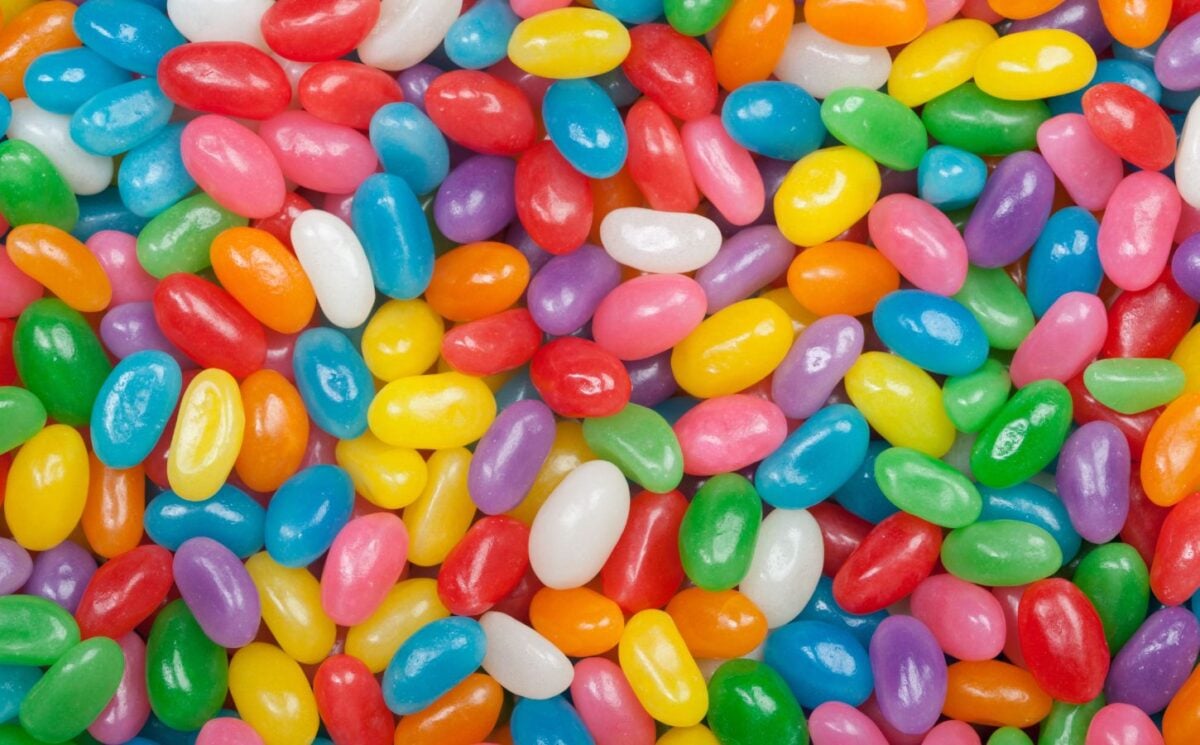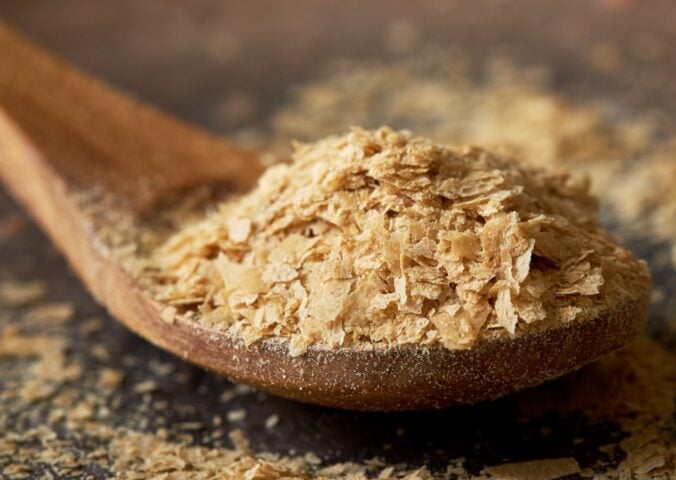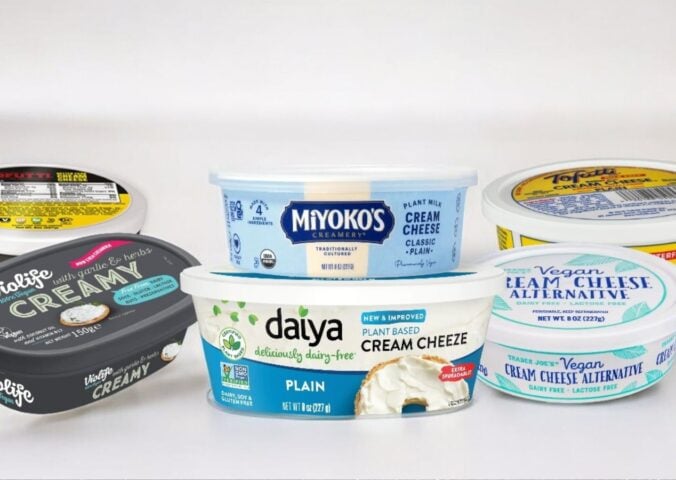Shellac is a commonplace ingredient that can be found in everything from confectionery and chocolate to beauty products and medicines. But because of how it’s made, the widely-used resin remains a sticky subject. Here’s everything you need to know about shellac.
What is shellac?
Shellac is a natural resin with a long history of use by humans. Raw shellac flakes are mixed with alcohol to make a brushable glaze, varnish, sealant, dye, or tannin, odor, and stain blockers. Shellac can be found in countless corners of human history over the last 3,000 years of documented use, including pre-vinyl gramophone records and electrical insulation.
Outside of its many industrial and household applications, shellac is a particularly common ingredient in confectionery, as it gives candy a desirably shiny finish. It can also be found in a number of cosmetic products such as lip gloss and nail varnish for the same reason. (Shellac the ingredient is not to be confused with the nail polish brand name CND Shellac, which contains no actual shellac).
Due in part to this versatility, processed shellac could be considered a natural form of plastic. This has led some to hypothesize that shellac – humanity’s polymer of choice prior to the first mid-century boom in plastic – could provide an eco-friendly alternative moving forward.
However, shellac production comes with its own environmental and ethical costs…
Where does shellac come from?
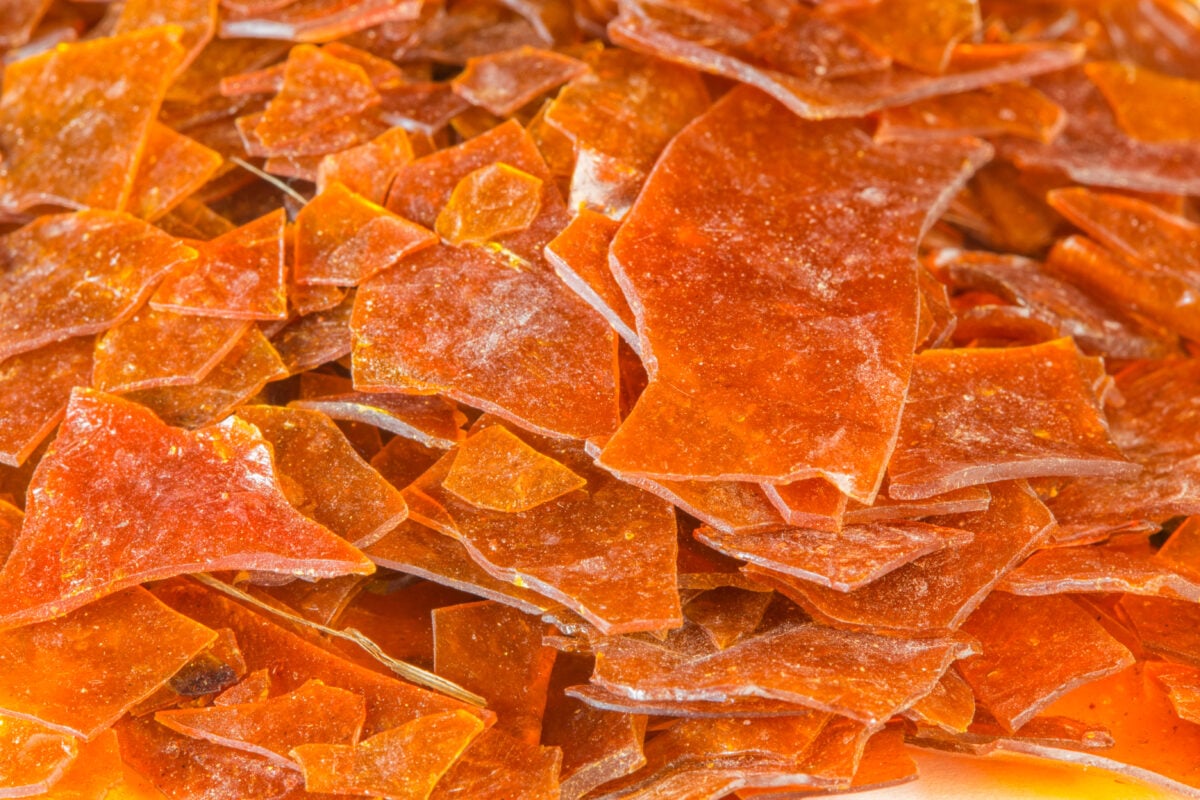
Shellac is secreted by the female lac beetle (part of the Kerriidae family), a small-to-medium-sized insect with a distinct, oval, red-brown carapace. In the wild, lac beetles produce shellac to form intricate, tube-like structures on tree branches which protect their larvae.
When harvested, shellac is scraped from the branches – along with any attached lac beetles – before being crushed, liquefied, and sieved to remove carcasses and tree bark. This liquid shellac is then dried into sheets and broken up into “cakes” or flakes. Rough estimates suggest that around 100,000 lac bugs die to produce a single pound of shellac flakes.
Because shellac is produced by bugs, and because such a huge number die during harvesting, shellac products are not considered vegan, and animal advocates argue that “farming” the resin is both unethical and unnecessary.
What are the negative impacts of shellac?
A growing body of evidence indicates that bugs experience pain, as summarized in this analysis by Queen Mary University London.
Let’s talk about the figure of 100,000 deaths per pound of shellac again with that in mind. If the industry produces approximately 20,000 tons of shellac per year, that equates to nearly 4.5 trillion lac bug deaths.
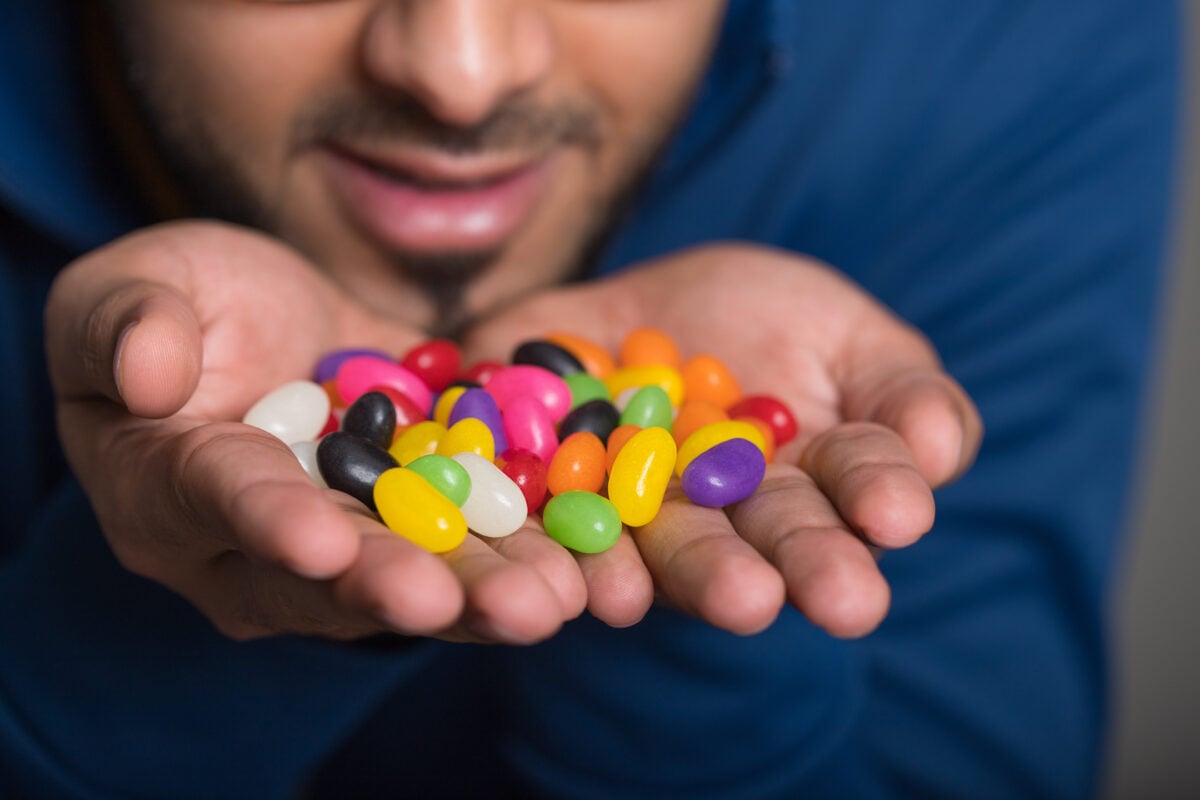
While shellac farming has a minimal effect on the localized environment (the host trees are already well-established and the lac bugs help boost local wildlife such as moths) the processing of shellac requires volatile compounds that negatively impact the environment – as with silk production and leather treatment.
Ethyl alcohol, which is typically used to re-liquify shellac flakes, can be considered an indirect greenhouse gas (GHG) because it contributes to climate change via chemical processes and the production of ground-level ozone. Ground-level ozone can trigger a variety of health problems if ingested, and it damages any exposed plants and vegetation.
There are also immediate humanitarian concerns related to the shellac industry, which has been implicated in exposes and campaigns by anti-child labor groups as recently as 2010. At the very least plantation workers are required to climb the trees where shellac is produced in order to harvest it, causing some concern over working conditions and safety.
How do I know if shellac is an ingredient?
As with a variety of animal-derived ingredients that crop up in common products, shellac has a selection of names which it may be listed under. These include “confectioner’s resin,” “lac resin,” “confectioner’s glaze,” “resinous glaze,” “candy glaze,” “pure food glaze,” “natural glaze,” and potentially under its food additive code “E904.” This can make it tricky to avoid.
In food and makeup, two of the most common places you might come across shellac, the easiest way to avoid purchasing items that contain the ingredient is by looking specifically for both vegan and cruelty-free labels, of which there are now many brands and products.
What are some alternatives to shellac?
There are a variety of vegan alternatives to shellac as an ingredient, including corn protein – a comparably natural, plant-based product that achieves the same glossy results and protective layer that shellac does, whether used on food or in cosmetic products.
A 2013 study by Ana Lúcia Fadini in the journal Food Hydrocolloids also found that hydrolyzed collagen film and cocoa butter could also be used to create effective, alcohol and shellac-free film coatings for confectionery and other food products.
For cosmetics, one recent vegan and cruelty-free alternative is BIAB Nails. (BIAB stands for “builder in a bottle,” or builder gel.) BIAB-style nails are described as lasting longer than shellac but easier to remove than standard gel manicures. Many varieties are also vegan and cruelty-free, including The GelBottle Inc.’s range of products.
Demand for vegan products
Overall, consumers are demanding more vegan and cruelty-free products than ever before, and the cosmetics industry is no exception. Between 2013 and 2018, vegan cosmetics launches more than doubled, according to Mintel’s Global New Products Database (GNPD).
Mintel noted that younger consumers (ie. Gen Z and Millenials) are overwhelmingly driving the shift towards vegan and cruelty-free cosmetics, with a growing desire both to follow a plant-based diet and to accommodate ethical and environmental concerns.
Furthermore, research from UNiDAYS indicates that almost half of Gen Z never purchase beauty products that have been tested on animals. The global vegan cosmetics market reached nearly 17.5 billion USD in 2022 and is predicted to reach 24 billion by 2028.
